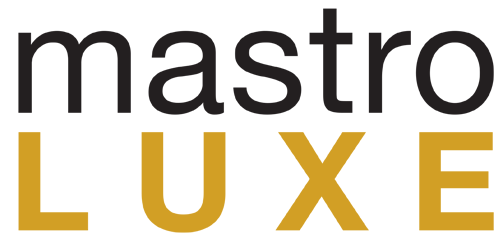Secondhand vs Counterfeit: Which is the better choice?

Are you a conscious consumer wanting to save money and reduce environmental impact? Then the question of whether to buy secondhand or counterfeit goods might have crossed your mind. While both options offer affordable prices compared to retail, they have advantages and drawbacks. In this post, we'll explore the differences between secondhand and counterfeit products, weigh their pros and cons for both consumers and the planet, and help you make an informed decision that suits your needs. So buckle up as we dive into this fascinating debate!

- Introduction:
What is the difference between secondhand and counterfeit items?
When it comes to fashion, there are two main choices when it comes to purchasing items: secondhand and counterfeit. So, which is the better choice for your wallet and the environment?
Secondhand items have been previously owned and worn by someone else. These items can be found at consignment stores, thrift stores, or online marketplaces. Counterfeit items are made to look like designer brands but are not actually from those brands. These items are often sold at a fraction of the price of the real thing and can be found at street markets or online.
- There are a few key differences between secondhand and counterfeit items:
- Secondhand items have been previously worn, while counterfeit items are brand new.
- Secondhand items typically cost less than counterfeit items.
- Secondhand items have a lower environmental negative impact since they don't require new resources to be created.

- Advantages of Secondhand Shopping
Secondhand shopping has massive advantages over counterfeit shopping. For one, secondhand stores are typically more affordable than designer stores. Secondhand stores also offer a greater variety of sizes and styles, making you more likely to find something that fits you well. Finally, secondhand shopping is better for the environment since it reduces the demand for new goods and the associated greenhouse gas emissions.
- Disadvantages of Buying Counterfeit Items
There are also many disadvantages to buying counterfeit items to be aware of. For one, the quality could be better than the original product. This means that the thing may last less long or work as well, and you may have to replace it sooner. In addition, counterfeit products may not have a warranty or guarantee, so you could be out of luck if something goes wrong. Finally, you could contribute to criminal activity by supporting the counterfeit market, including funding organized crime and child labor.
And while buying counterfeit products may be cheaper upfront, it's important to consider the hidden costs. For example, counterfeiting is often associated with child labor and other unethical practices, fueling the black market economy. In addition, fake products are usually made with lower-quality materials that fall apart quickly, meaning they'll end up in landfill faster than cheap fast fashion items.
The Impact of Secondhand Shopping on the Environment
The average American throws away about 82 pounds of textile waste each year, most of which end up in landfills. The growing popularity of secondhand shopping is helping to reduce that number, but there's still a long way to go.
Secondhand shopping has several environmental benefits. It keeps clothing out of landfills, taking up space and creating methane gas as it decomposes. It also reduces the demand for new clothing, which requires energy and resources to produce.
When you buy secondhand clothing, you typically buy higher-quality items than at a fast fashion retailer. That means they'll last longer, which further reduces their environmental impact.
Budgeting Tips for Shopping Secondhand
When it comes to shopping secondhand, you can do a few things to save money and still get great quality items. Here are some budgeting tips for shopping secondhand:
1. Set a budget before you start shopping. This will help you avoid overspending and impulse buys.
2. Shop at consignment stores, thrift stores, and garage sales. These places usually have great deals on gently used items.
3. Don't be afraid to haggle. If you're confident, you can often get a lower price on an item by negotiating with the seller.
4. Check for coupons and discounts before making a purchase. Coupons are often available for secondhand stores, which can help you save even more money.
5. Be patient when shopping secondhand. It may take some time to find exactly what you're looking for, but it's worth it when you find that perfect item at a great price!
- Alternatives to Buying Counterfeit Items
There are a few alternatives to buying counterfeit items:
1. You could buy secondhand items instead. Secondhand items are usually cheaper than new items, and they don't have the same negative environmental impact as manufacturing new items.
2. You could buy items from companies that use sustainable practices. These companies often charge a bit more for their products, but you can feel good knowing that your purchase is helping to support sustainable businesses.
3. You could buy items from companies that have fair labor practices. Like sustainable businesses, these companies might charge a bit more for their products, but you can rest assured knowing that the people who made your purchase were treated fairly.
Ultimately, your best choice will depend on your budget and values. If you care about the environment and supporting sustainable businesses, then buying secondhand or from sustainable companies is a great option. If you care about fair labor practices, then buying from companies with fair labor practices is a good choice. And if you're on a tight budget, then buying secondhand is probably your best option.



 SGD (S$)
SGD (S$)
 Global
Global




